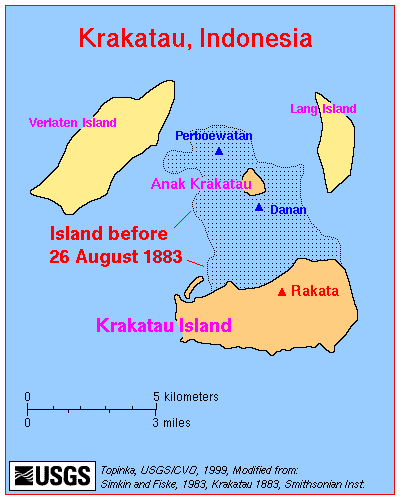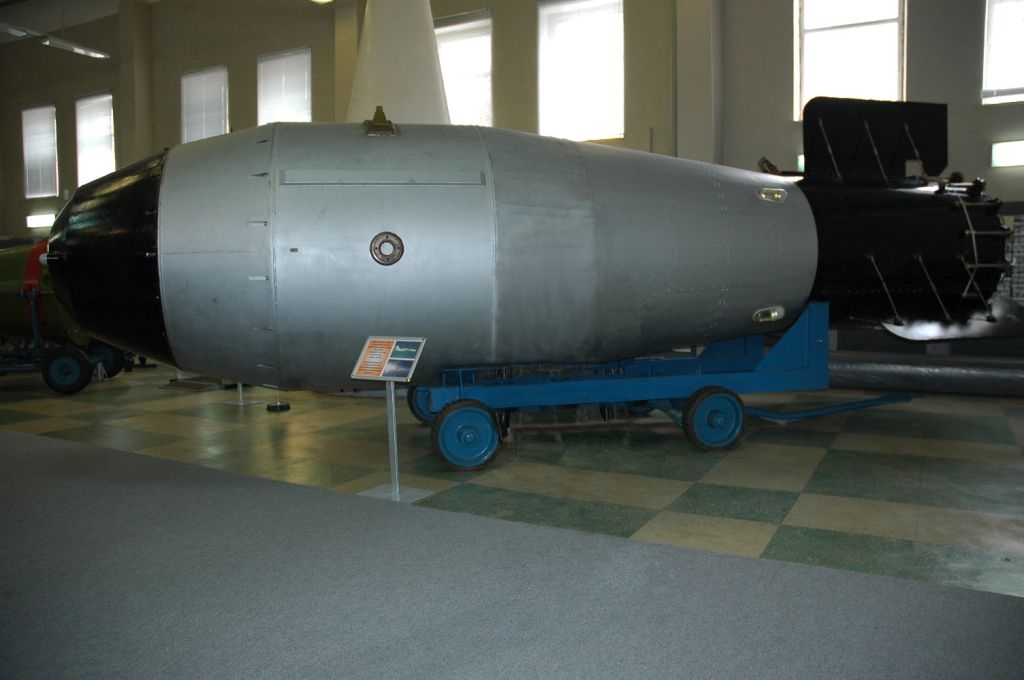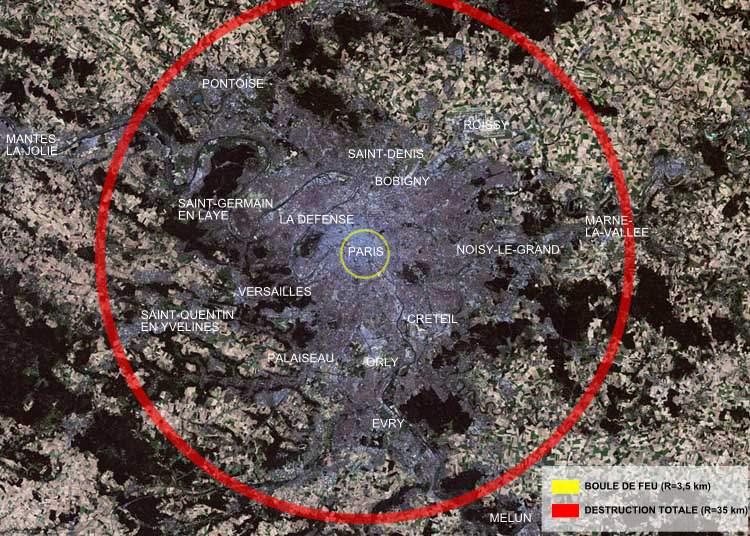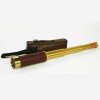Eruption Of Laki
Laki
Laki or Lakagígar (Craters of Laki) is a volcanic fissure situated in the south of Iceland, not far from the canyon of Eldgjá and the small village Kirkjubæjarklaustur, in South-East Iceland. Lakagígar is the correct name as the Laki mountain itself did not erupt, but fissures opened up on each side of it. Lakagígar is part of a volcanic system, centering on the Grímsvötn volcano and including the Thórdarhyrna volcano. It lies between the glaciers of Mýrdalsjökull and Vatnajökull, in an area of fissures which run in a south-west to north-east direction.
The system erupted over an 8 month period during 1783-1784 from the Laki fissure and the adjoining Grímsvötn volcano, pouring out an estimated 14 km3 (3.4 cu mi) of basalt lava and clouds of poisonous hydrofluoric acid/sulfur-dioxide compounds that killed over 50% of Iceland's livestock population, leading to famine which killed approximately 25% of the population.
The Laki eruption and its aftermath has been estimated to have killed over six million people globally, making it the deadliest volcanic eruption in historical times. The drop in temperatures, due to the sulfuric dioxide gases spewed into the northern hemisphere, caused crop failures in Europe, droughts in India, and Japan's worst famine.
1783 eruption
On 8 June 1783, a fissure with 130 craters opened with phreatomagmatic explosions because of the groundwater interacting with the rising basalt magma. Over a few days the eruptions became less explosive, Strombolian, and later Hawaiian in character, with high rates of lava effusion. This event is rated as VEI 6 on the Volcanic Explosivity Index, but the eight month emission of sulfuric aerosols resulted in one of the most important climatic and socially repercussive events of the last millennium.
The eruption, also known as the Skaftáreldar ("Skaftá fires") or Síðueldur, produced an estimated 14 km3 (3.4 cu mi) of basalt lava, and the total volume of tephra emitted was 0.91 km3 (0.2 cu mi). Lava fountains were estimated to have reached heights of 800-1400 m (~2,600-4,600 ft). In Great Britain, the summer of 1783 was known as the "sand-summer" due to ash fallout. The gases were carried by the convective eruption column to altitudes of about 15 kilometres (10 mi). .
The eruption continued until 7 February 1784, but most of the lava was erupted in the first five months. Grímsvötn volcano, from which the Laki fissure extends, was also erupting at the time from 1783 until 1785. The outpouring of gases, including an estimated 8 million tons of hydrogen fluoride and estimated 120 million tons of sulfur dioxide, gave rise to what has since become known as the "Laki haze" across Europe.










